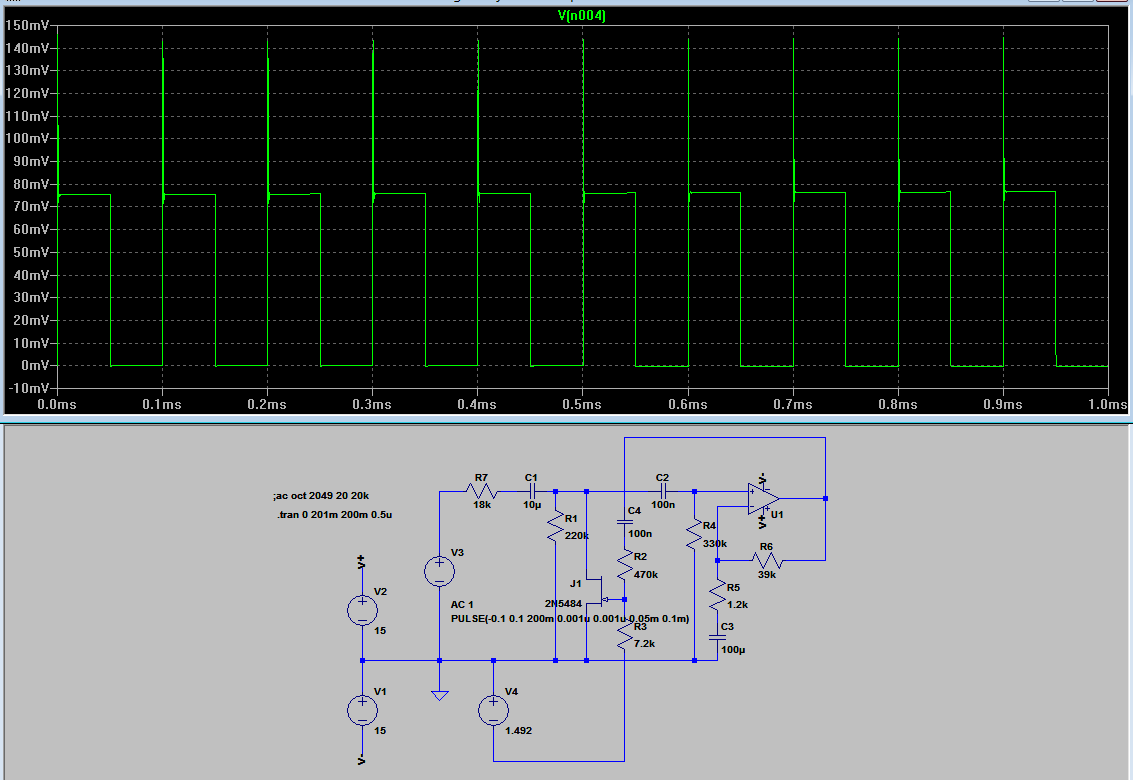ruffrecords
Well-known member
Agreed but I thought your mod was trying improve transient response i.e to not detract from the set attack time. If the attack time is significantly less than 100mS then the cap does not have chance to charge.abbey road d enfer said:The control voltage on a sustained note is almost DC. So the voltage that reaches the gate evolves from 50% right at the beginning to 71% after 1TC (100ms) to 90% after 4TC (400ms). Since the control voltage law is the typical 1/x, that means the gain reduction evolves in a ratio of 2 over the first 100ms. That may not be what the user expects, particularly if he chose a fast attack setting.
Agreed. Picking up the compensation from a very low source impedance like the op amp output is a definite improvement and it means you can use a relatively large capacitor so the time constant with 1Meg is seconds. This is exactly how it is done in the 1176.Yes there is; it's not a typical RC delay, it's a R/R+C delay.
The principle of operation is to superimpose on the control voltage an AC component that is exactly half the voltage across the FET (from source to drain); this indeed for reducing 2nd-order distortion. Picking up the compensation signal from the output of the opamp indeed makes sure there is no direct injection of the control signal into the FET's channel.
Cheers
Ian


































